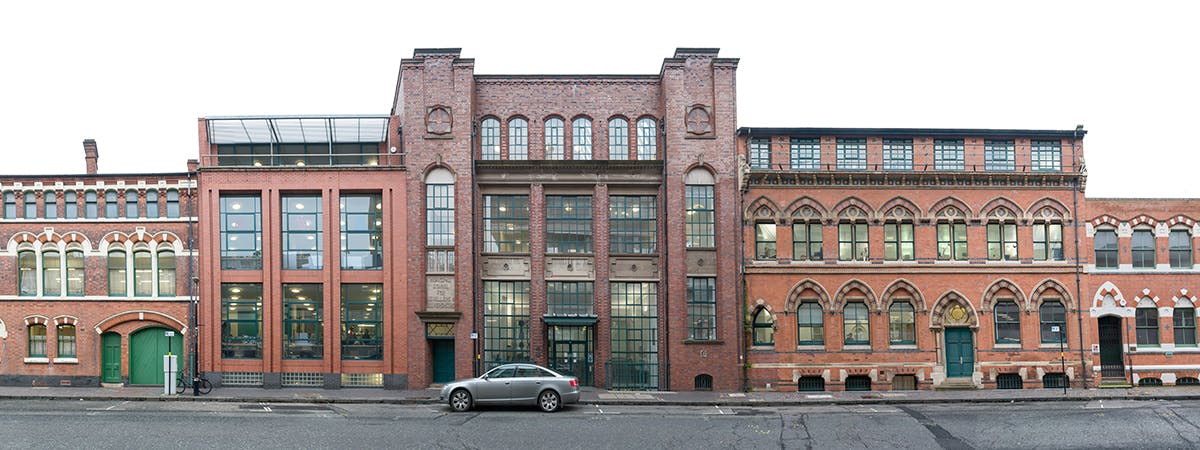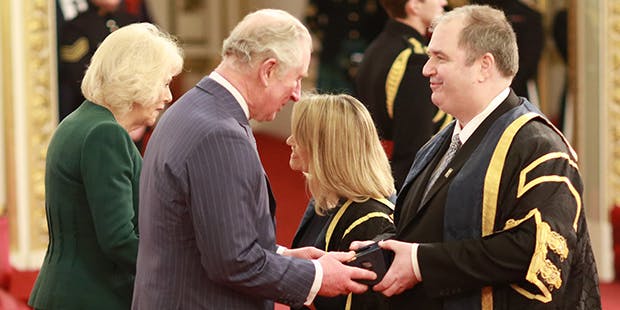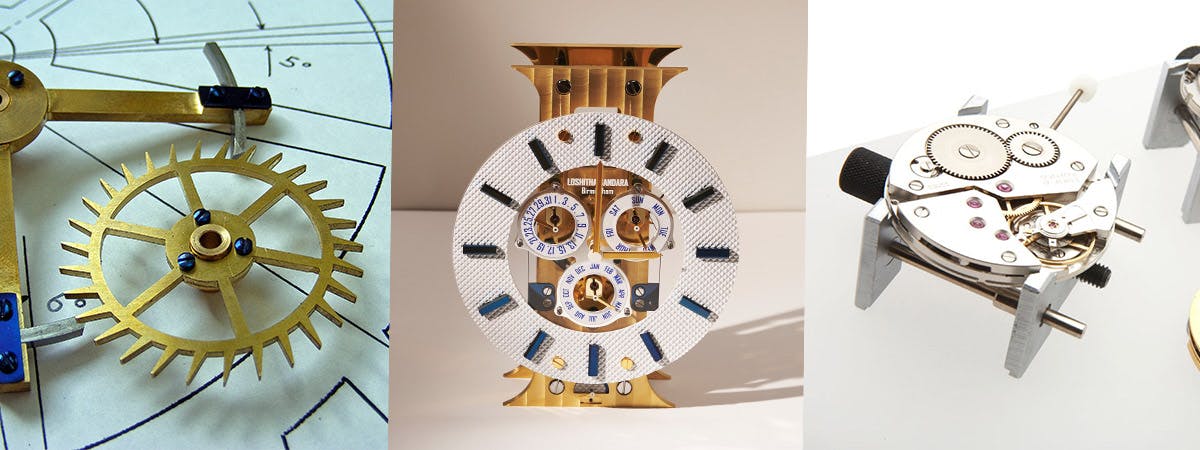The School of Jewellery is home of BBC TWO series, All That Glitters; but what else is the building famous for? Its history is rooted deeper than you think.

Largest jewellery school in Europe
The School of Jewellery was founded in 1889 following on from a historical meeting held by the Birmingham Jewellery and Silversmiths association (now the British Jewellers Association).
The meeting was set up to discuss the creation of an exclusive school for the jewellery making industry. The new school opened in the factory building at 84 Vittoria Street, which it still occupies, on September 18, 1890.
From September 2014, the School became part of the Faculty of Arts, Design and Media. Spread over three characterful buildings, the School of Jewellery boasts horology labs, 3D printing, silversmithing, jewellery and gemmology laboratories and more.
To this day, the School of Jewellery still holds its title as the largest jewellery school in Europe.
Fit for royalty
The School of Jewellery has had more than a few run-ins with royalty.
In 1922, the School was commissioned to create a silver and gold casket for the Princess Royal's wedding present. The design featured an owl, a deer, foliage detail; it spanned four feet. The cask featured in the Festival of Britain in 1951 and read ‘Presented by the citizens of Birmingham to HRH Princess Mary – On the Occasion of her Marriage to Viscount Lascelles DSO, Feb. 28’22’
The School was then commissioned in 1935 by Birmingham City Council to make a cup and cover to celebrate King George V’s Silver Jubilee. Made in silver, gold, pearls and enamel, it bore the royal cipher “GR” and a gold jubilee medallion with Birmingham’s coat of arms.
In 1982, one of the most expensive jewels in the world was designed by Ba (Hons) Jewellery and Silversmithing graduate Mark Walker whilst India on a one-year scholarship. The jewel was a crown for the idol at the Hindu temple of Tirupati.
2020 saw HRH Prince of Wales present BCU with the prestigious honour of the Queen’s Anniversary Prize in recognition of its School of Jewellery’s contribution to the craft during a special ceremony held at Buckingham Palace. The award – the highest national honour available for UK further and higher education institutions – was collected by Professor Philip Plowden, Vice-Chancellor at Birmingham City University and Pro-Vice-Chancellor and Executive Dean of the Faculty of Arts, Design and Media Professor Alison Honour, as part of formal proceedings at the Palace.

Designs for landmark events
The School of Jewellery and its alumni have designed and created many items for esteemed events.
A torch for the XIV Olympiad, which took place in London, was commissioned by Goldsmiths Hall. It was designed by Ralph Lavers. The torch was exhibited at the Festival of Britain in 1951.
MA student, Anongkarat Unyawong, won a competition to design a trophy for the writer of the winning song of the Eurovision contest held in Birmingham in 1998.
Birmingham School of Jewellery BA and MA graduate Jonathan Olliffe’s 50 pence coin designs were chosen to commemorate the London 2012 Olympic and Paralympic Games after he won a competition by Royal Mint. The two coins, that feature an Olympic swimmer and a gymnast, were picked from nearly 30,000 entries.
History-making Horology
The School launched a new course in Horology, believed to be the first ‘clock-making’ degree in the world.
Researchers of the School attracted worldwide attention with their work on the Cheapside Hoard, a collection of precious artefacts and jewels dating back to more than four hundred years ago. Aided by scanning and 3D printing, researchers Ann-Marie Carey and Keith Adcock were able to produce replicas of the hoard and reveal some of the processes for making artefacts.
A number of replicas were exhibited at the Museum of London, which gained international coverage in various media such as Fox News and Australia’s Telegraph.
Alumni Keith Scobie-Youngs, who studied Horology in 1984, lead the enormous Big Ben clock restoration. Keith left BCU, moved to the Lake District and set up his own restoration company. He is now the managing director of Cumbria Clock Company.
Jewellery Courses
Find out more about our courses





